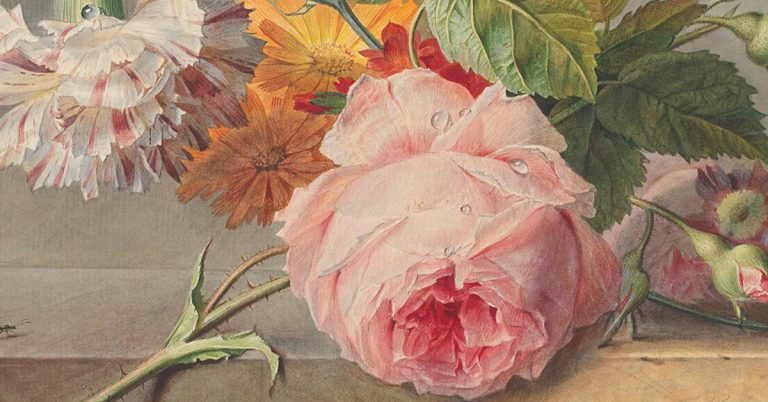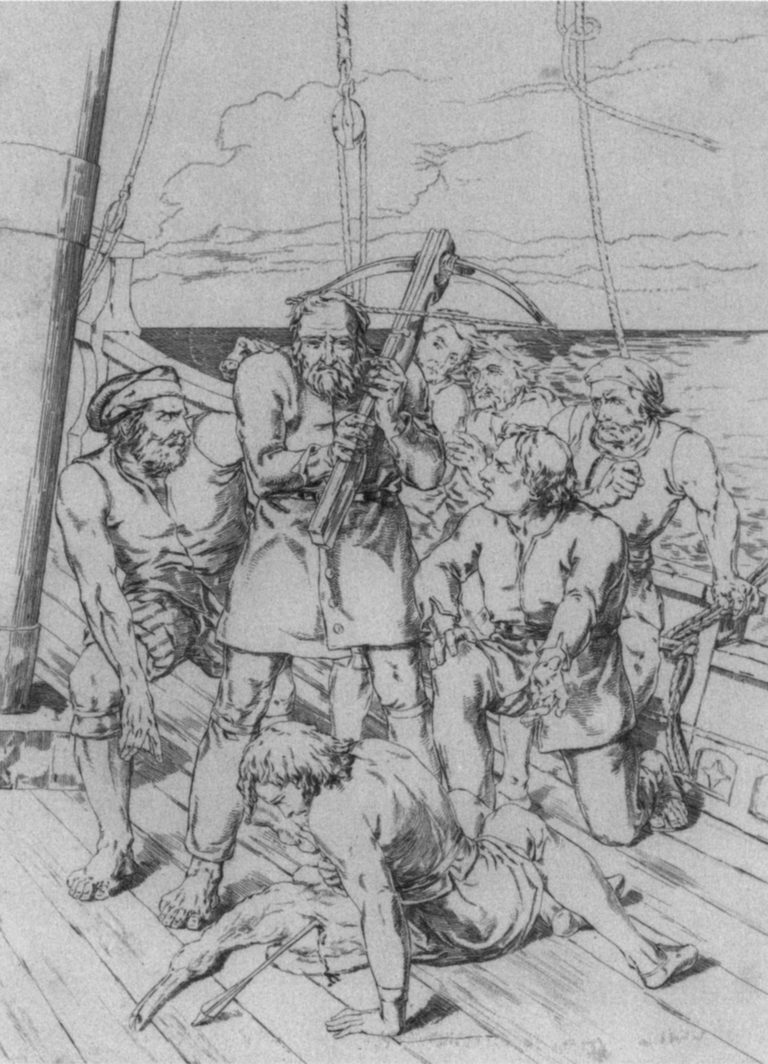
-
Ten everyday lessons
Read more: Ten everyday lessonsChantelle Gray offers a vivid tribute to Deleuze and Guattari’s radical becomings, calling for creative resistance and world-making.


Chantelle Gray offers a vivid tribute to Deleuze and Guattari’s radical becomings, calling for creative resistance and world-making.

By Christopher Stokes Skylarks, clouds, roses, rivers. What one of my undergraduate students once memorably termed the ‘flowers and s**t’ sense of Romanticism. It’s true that Romantic poetry has a narrow circuit of classic reference points, but one way to…

Heidi Thomson’s essay in the April 2015 issue of Romanticism considers how Wordsworth’s poem, “Song for the Wandering Jew” resists classification, particularly given its inclusion in the 1800 edition of Lyrical Ballads. Thomson argues that “the poem was a deflected…